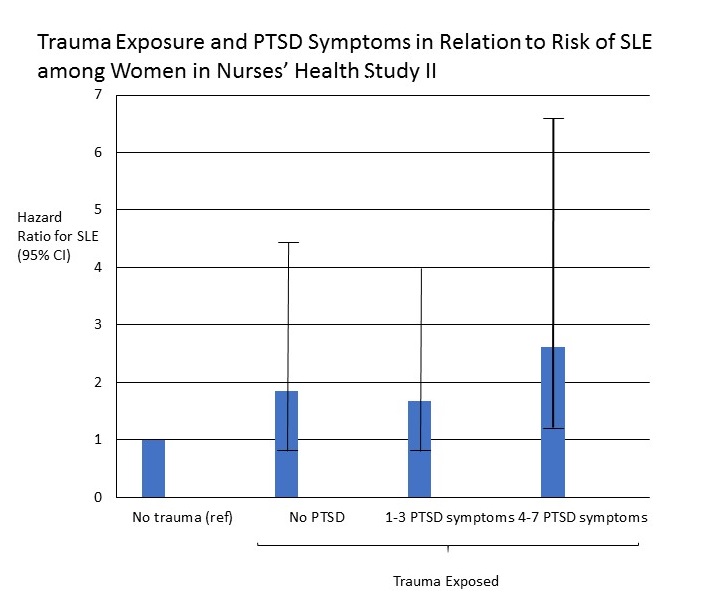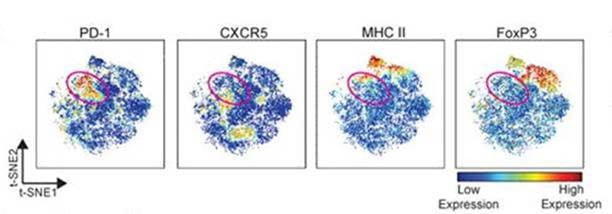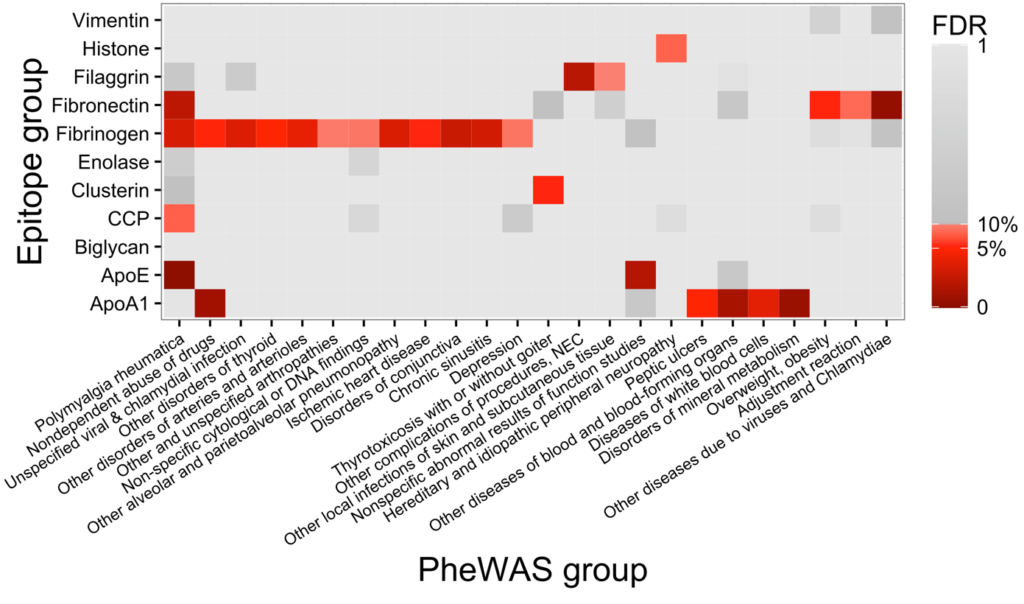Using CyTOF Mass Cytometry and RNA-seq to Identify New Cell Populations in Arthritis
The inflamed joint is a complex place. Many different types of cells must interact with each other to initiate and sustain inflammation and tissue injury. These include both those resident in the joint before inflammation started and cells that were recruited or developed later. To get a handle on this complexity, investigators need methods that can provide highly detailed portraits of individual cells. A major goal of the Joint Biology Consortium’s Cellular Systems Core, directed by Dr. Jim Lederer, is to accelerate research by JBC members through two such methods: cytometry by time of flight (CyTOF) mass cytometry and RNA sequencing (RNA-seq). Read More


 Andrea L. Roberts, PhD, Susan Malspeis, MS, Laura D. Kubzansky, PhD, Candace H. Feldman, MD, Shun-Chiao Chang, ScD, Karestan C. Koenen, PhD, Karen H. Costenbader, MD, MPH Arthritis & Rheumatology, 2017;69(11):2162-2169.
Andrea L. Roberts, PhD, Susan Malspeis, MS, Laura D. Kubzansky, PhD, Candace H. Feldman, MD, Shun-Chiao Chang, ScD, Karestan C. Koenen, PhD, Karen H. Costenbader, MD, MPH Arthritis & Rheumatology, 2017;69(11):2162-2169.


